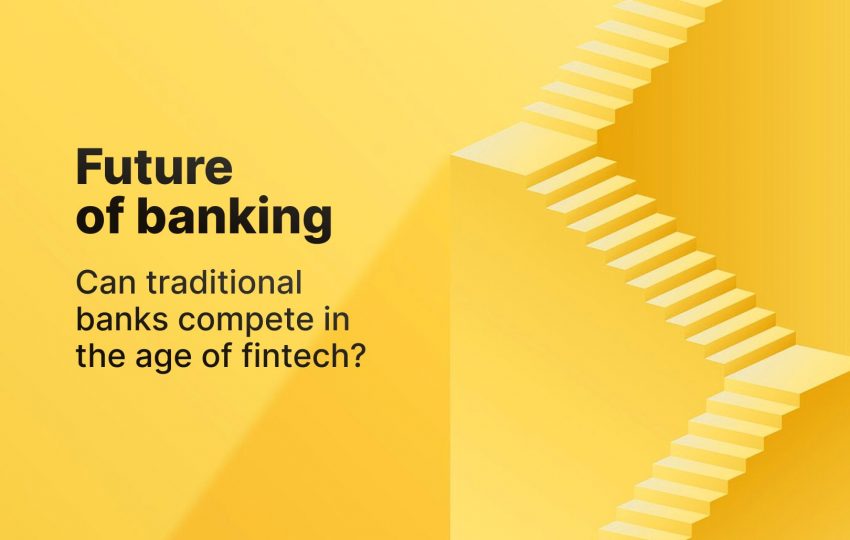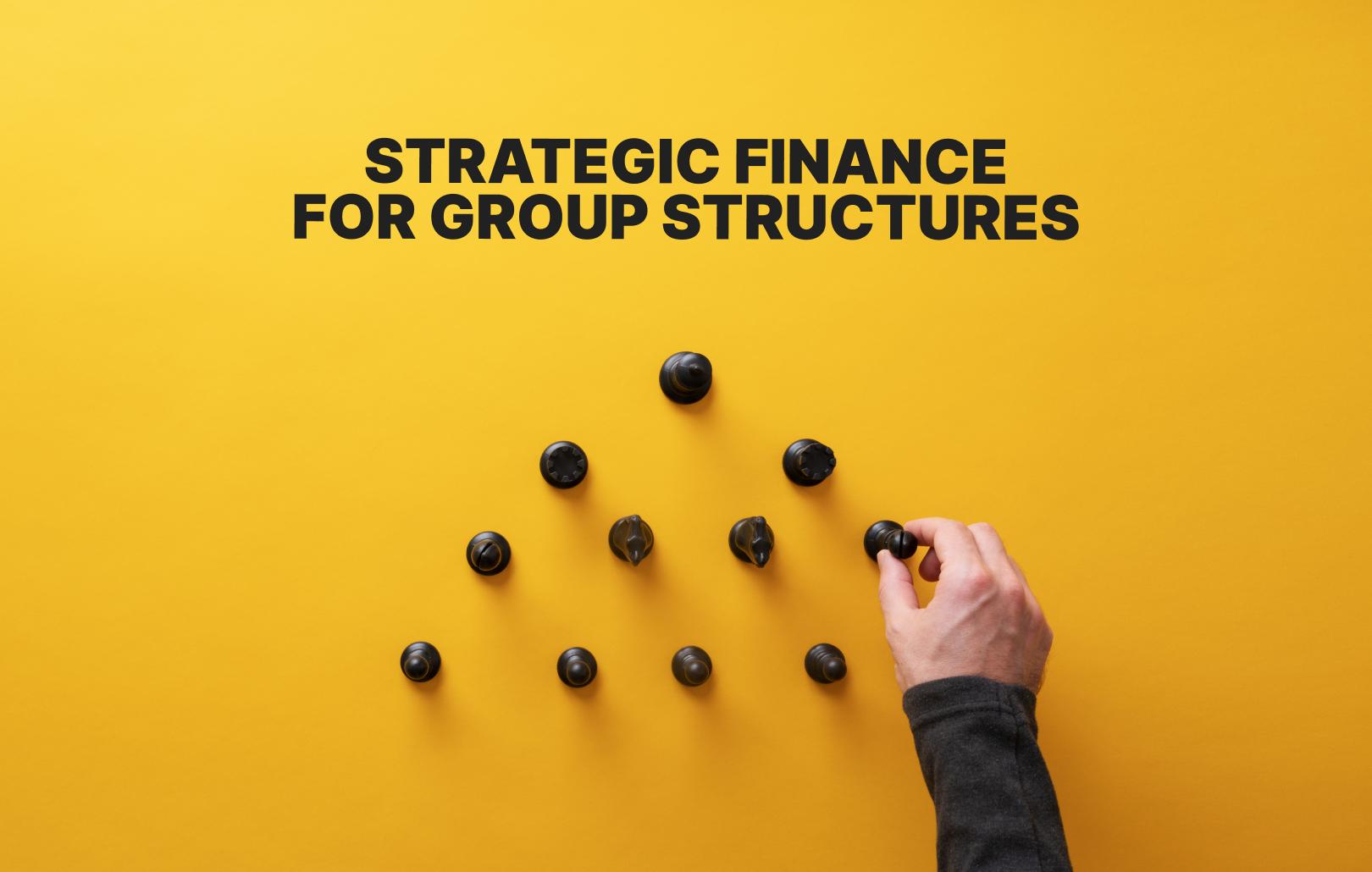Future of banking: will traditional banks survive fintech revolution?

The banking industry is in the midst of a seismic shift. Traditional banks have long been the pillars of the global financial system, providing a wide range of services from savings accounts and loans to wealth management. With the rise of fintech companies leveraging technology to deliver more efficient, user-friendly, and innovative services, traditional banks are facing unprecedented challenges. The question on everyone’s mind is: Will traditional banks survive this fintech revolution, or will they become relics of a bygone era? Let’s take a closer look at the current landscape and what the future might hold.
Agility and innovation
While traditional banks often struggle with bureaucratic structures and legacy systems that are costly to maintain and difficult to modernize, fintechs operate on agile, cloud-based platforms that allow them to innovate quickly and efficiently. This has enabled fintechs to capture a significant share of the market, particularly among millennials and Gen Z, who value convenience, speed, and digital-first experiences.
For example, a fintech company can develop and roll out a new feature, such as instant peer-to-peer payments or a budgeting tool, within weeks or even days, while a traditional bank might take months or even years due to regulatory approvals, outdated systems, and internal processes.
Fintech companies are not just users of technology; they are innovators. They leverage artificial intelligence (AI), machine learning (ML), blockchain, and big data to enhance their services. From fraud detection algorithms to personalized financial advice, fintechs use these technologies to offer more accurate, secure, and tailored solutions.
AI-driven robo-advisors can provide personalized investment advice to millions of users simultaneously, something that would be impossible with traditional human advisors. This not only democratizes access to financial advice, but also makes it more affordable and tailored to individual needs.
Meanwhile, some traditional banks are taking matters into their own hands by investing heavily in digital transformation. Banks like Goldman Sachs and Bank of America have launched their own digital platforms (Marcus and Erica, respectively) to compete directly with fintech startups. These platforms offer features such as online savings accounts, personal loans, and financial planning tools, all accessible through a user-friendly mobile app.
Interestingly, Goldman Sachs’ digital platform, Marcus, has attracted over $100 billion in deposits since its launch in 2016, showcasing the potential for traditional banks to succeed in the digital space when they prioritize innovation and customer experience.
Customer-centric approach
Fintech companies excel at creating user-friendly experiences. They leverage data analytics and user feedback to constantly refine and improve their services. This approach is a significant departure from the traditional banking model, which often prioritizes internal processes over customer experience.
Fintechs offer a high level of customization, allowing users to tailor their financial experiences to suit their needs. Whether it’s setting up automated savings plans, choosing specific investment portfolios, or customizing payment solutions, fintech platforms provide a level of flexibility that traditional banks often cannot match.
The perks of using fintech apps include users being able to set spending limits, round up purchases to the nearest dollar to save or invest, and receive real-time notifications about their spending habits – all features that empower users to take control of their financial health in ways that are personalized and actionable.
Cost efficiency
Fintechs typically have lower operating costs than traditional banks. Without the burden of maintaining physical branches or dealing with legacy technology, fintech companies can offer competitive pricing and pass those savings on to customers. This cost efficiency also allows them to provide services to underserved markets and demographics that traditional banks might overlook.
By eliminating the need for physical branches and focusing on digital platforms, fintech companies can operate at drastically lower costs than traditional banks. This enables them to offer lower fees, higher interest rates on deposits, and more attractive loan rates.
Inclusivity and accessibility
One of the most significant advantages of fintech companies is their ability to reach the unbanked and underbanked populations. With just a smartphone and an internet connection, people in remote or underserved regions can access a wide range of financial services, from mobile payments and microloans to digital savings accounts.
There are over 1.7 billion people worldwide who are still unbanked or underbanked. This is the area where fintechs continue to make a profound impact on economic development and financial inclusion globally.
Focus on security and transparency
While fintechs excel in innovation and user experience, traditional banks have a strong advantage in trust and security. Decades, if not centuries, of operation have established a deep reservoir of trust with consumers, especially when it comes to safeguarding their money and personal information. Moreover, banks are subject to strict regulatory oversight, which can be a reassuring factor for customers wary of newer, less established companies.
According to a 2022 study by Morning Consult, over 60% of consumers still trust traditional banks, while 37% and 43% stated they trust fintechs and digital banks respectively. This trust could be a critical factor in the survival and success of traditional banks moving forward.
That said, fintech firms are increasingly recognized for their proactive stance on security, investing heavily in cybersecurity measures. This dedication to the matter reassures customers that their data and finances are safe.
Embracing open banking
Open banking is another frontier where traditional banks and fintechs are finding common ground. By sharing data securely through APIs (Application Programming Interfaces), banks can offer their customers more personalized financial services and products developed by fintech companies. This cooperative model allows banks to maintain their customer base while leveraging fintech innovation to enhance their offerings.
Open banking is expected to reach 64 million users in Europe alone by 2024, highlighting the growing consumer demand for interconnected, flexible financial services.
Collaboration and partnerships
Many traditional banks are recognizing the value of fintech innovation and are choosing to collaborate rather than compete. By partnering with fintech companies, banks can leverage cutting-edge technology to improve their own services. For example, JPMorgan Chase has partnered with the fintech firm OnDeck to streamline its small business lending process. These types of partnerships allow banks to innovate without the need for a complete overhaul of their existing systems.
Last year’s survey revealed that 3 out of 4 traditional financial institutions planned to increase their partnerships with fintech companies over the following 1-1,5 years. This indicates a growing recognition that collaboration is key to staying relevant in the evolving financial landscape.
A hybrid future
The future of banking is likely to be a hybrid one, where the lines between traditional banks and fintech companies continue to blur. We are already seeing a situation where both types of institutions are borrowing from each other’s playbooks: fintechs are adding more traditional banking features, like savings accounts and lending, while traditional banks are increasingly adopting digital-first, user-centric approaches.
For consumers, this hybrid model could mean the best of both worlds – innovative, tech-driven services provided by institutions that also offer stability, security, and trust. In the end, it’s not a matter of whether traditional banks will survive but how they will evolve alongside fintechs to meet the needs of a digital-savvy, trust-seeking customer base.
In this context, fintech companies are not only shaping the future of finance but are also redefining what consumers expect from their financial institutions. For banks that are willing to embrace change – whether through partnerships, digital transformation, or a renewed focus on trust and security – the future is bright. Those that cling to outdated models and resist innovation, however, may find themselves outpaced by more agile competitors.







